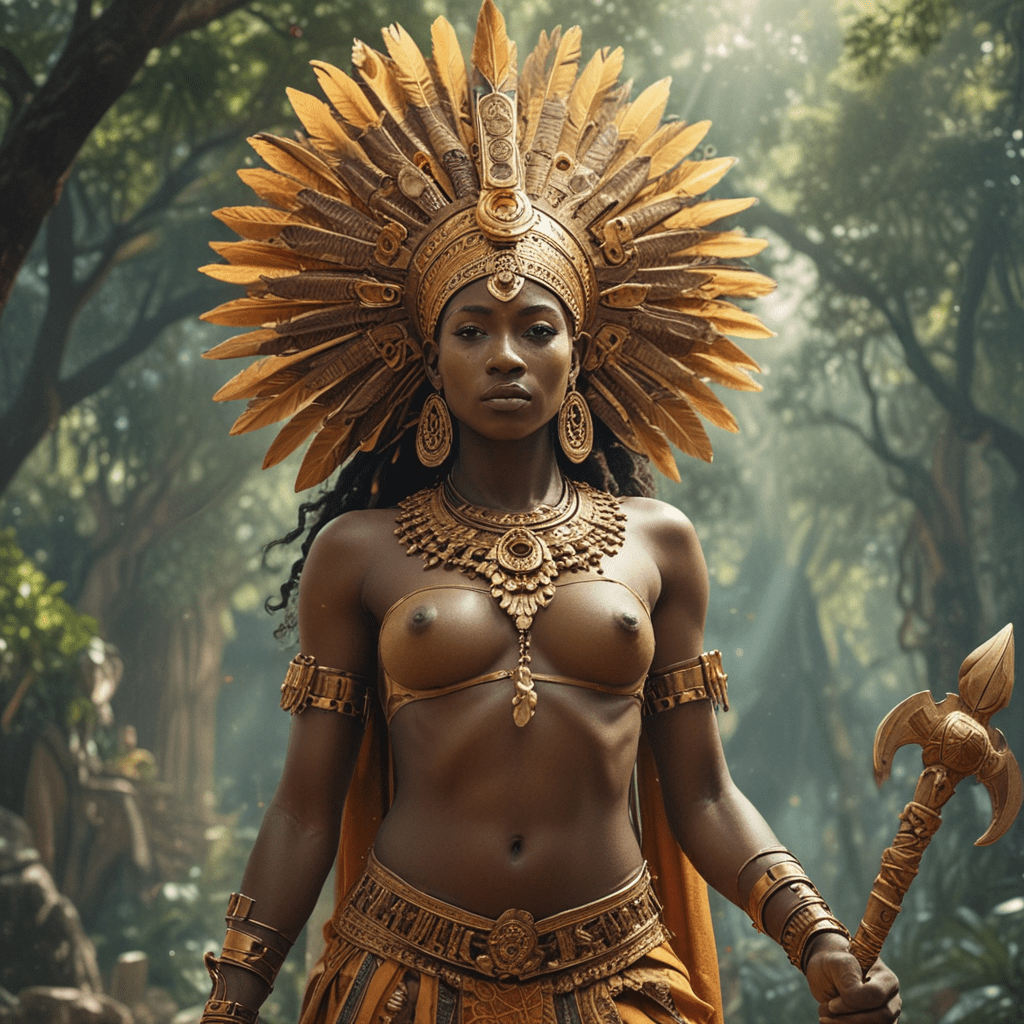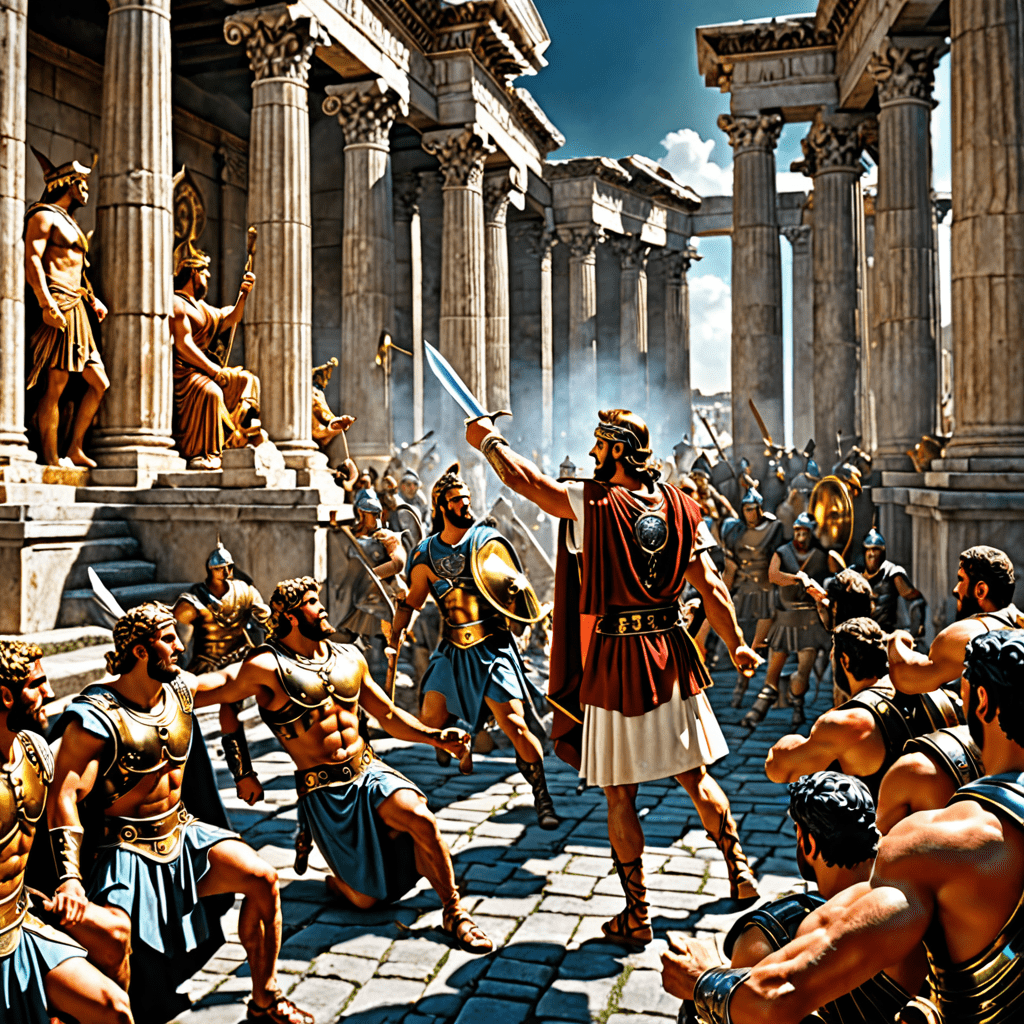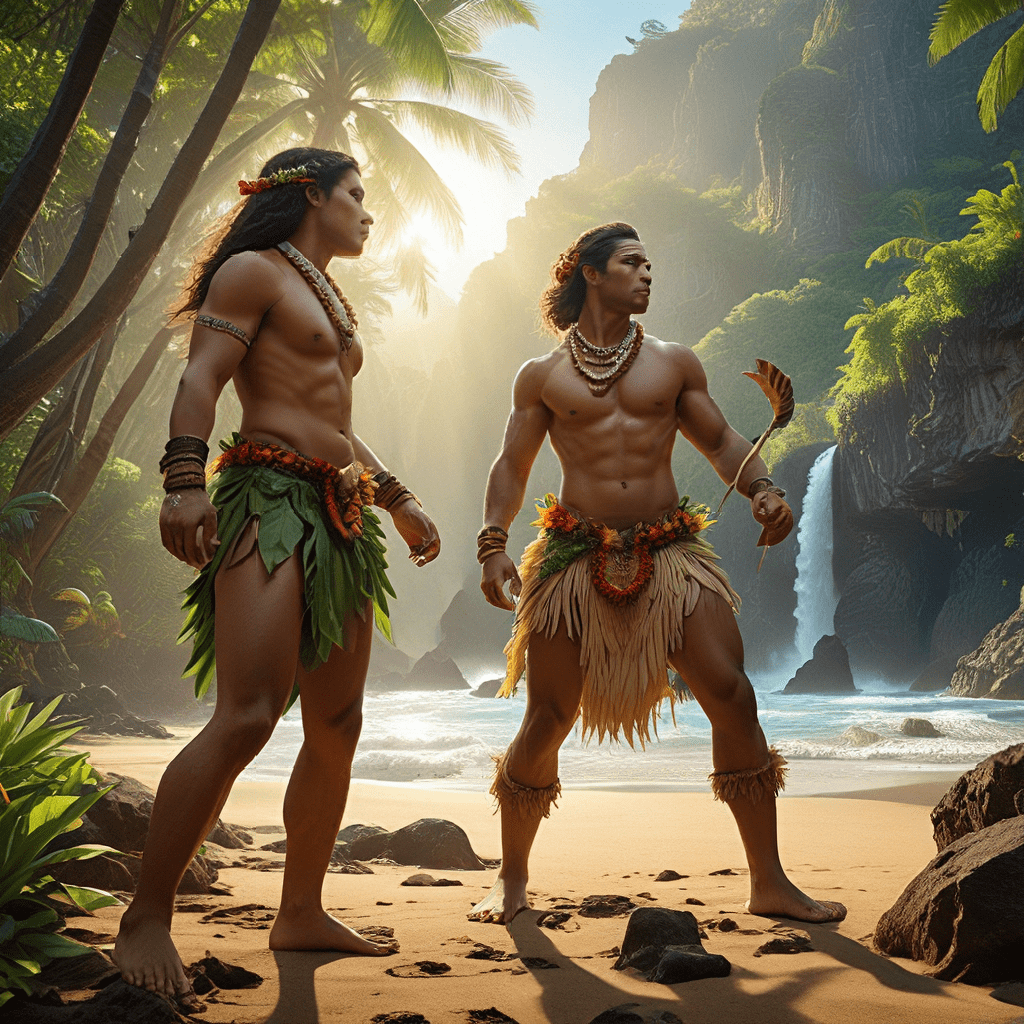The Influence of African and European Cultures on South American Mythology
Introduction: The Interwoven Tapestry of Mythologies
South America, a continent brimming with cultural diversity, is home to a rich and intricate tapestry of mythologies that have been shaped by centuries of indigenous, African, and European influences. African and European cultures, in particular, have left an undeniable imprint on South American mythology, giving rise to a unique and fascinating blend of beliefs and narratives.
African Influences: The Legacy of Enslaved Peoples
The arrival of enslaved Africans in South America marked a pivotal moment in the cultural landscape of the continent. These individuals, forcibly uprooted from their ancestral lands, carried with them their own beliefs, traditions, and mythologies. Over time, African mythologies syncretized with those of South America, creating a vibrant and dynamic cultural fusion.
European Influences: The Arrival of Colonizers
The colonization of South America by Spain and Portugal introduced a new layer of cultural influence to the region. European folklore, beliefs, and religious traditions intermingled with existing mythologies, giving rise to a unique blend of narratives. The Catholic Church, in particular, played a significant role in shaping South American mythologies, incorporating Christian symbolism and iconography into local beliefs.
Myths of Creation: Diverse Origins and Shared Motifs
African and European creation myths offer diverse yet intriguing perspectives on the origins of the universe. While each culture possesses its distinct narratives, certain shared motifs emerge, such as the presence of supreme beings and the idea of the world emerging from chaos. The influence of these diverse creation myths is evident in the multifaceted origin stories that populate South American mythology.
6. Supernatural Beings: A Pantheon of Gods and Legends
African gods and spirits found a new home in South America, blending with indigenous deities and European saints. Yoruba gods such as Shango, the god of thunder, and Oshun, the goddess of love, became revered in parts of the continent. Simultaneously, European fairies, witches, and saints entered South American folklore, adding a touch of enchantment and mystery.
7. Heroes and Tricksters: Epic Warriors and Cunning Characters
African trickster figures, such as Anansi the spider, found their counterparts in South American myths. Their tales of cunning and deception became popular narratives, reflecting the resilience and wit of the enslaved peoples. European heroes, such as the Spanish conquistador El Dorado, were also incorporated into local myths, becoming symbols of adventure and ambition.
8. Magic and Rituals: The Supernatural and Its Power
African and European traditions of magic and the supernatural intertwined in South America. Beliefs in spirits, healing practices, and the power of incantations were shared and blended. The Catholic Church's rituals and ceremonies further influenced local magical beliefs, resulting in a unique blend of spiritual practices and traditions.
9. Cultural Transmission: The Vehicles of Mythology
African and European cultural influences were transmitted through various channels. Oral storytelling, music, and dance played vital roles in preserving and disseminating mythologies. Griots, West African storytellers, shared tales of heroes and gods, while European ballads and folk songs brought new narratives to the continent.
10. Conclusion: A Tapestry of Cultural Heritage
The influence of African and European cultures on South American mythology has created a rich and diverse tapestry of beliefs and narratives. From creation myths to supernatural beings and magical practices, these influences have shaped and continue to shape the cultural identity of the continent. The myths and legends of South America stand as a testament to the resilience, creativity, and interconnectedness of human cultures.
FAQ
How did African and European mythologies influence South American mythology?
African and European cultures brought their own beliefs, traditions, and mythologies to South America, which syncretized with indigenous mythologies to create a unique and blended cultural tapestry.
What are some examples of African and European influences on South American myths of creation?
The idea of a supreme being and the concept of the world emerging from chaos are common motifs in both African and European creation myths.
How did supernatural beings from different cultures merge in South American mythology?
African gods and spirits blended with indigenous deities and European saints, creating a pantheon of supernatural beings that reflect the diverse cultural heritage of the continent.
What role did oral storytelling play in the transmission of African and European cultural influences in South America?
Griots, West African storytellers, and European ballads and folk songs were instrumental in preserving and disseminating mythologies across the continent.



